Lights and Shadows Science Activities: Kindergarten students are like little scientists, always eager to explore and discover new things. And what’s more exciting to discover than the mysterious world of lights and shadows? Let’s dive into 10 Lights and Shadows Science Activities for Kindergarten. This is a perfect science integration activity for the week of Groundhog Day.
Lights and Shadows Science Activities for Kindergarten
Shadows can be a tricky concept for little ones to grasp, but with a little bit of hands-on experimentation, it’s a piece of cake (or a shadow puppet). One fun activity is to create shadow puppets using hands, paper cut-outs, or sticks. Kids will love seeing how different shapes and sizes create different shadows and how moving the light source changes the shadow.
You can great shadow puppets in your classroom. Simple take colorful construction paper and die-cut shapes. With some hot glue, attach these shapes to sticks. Simply add a flashlight and let your little learners play to learn. Pose simple questions like, “How can you make your shadow smaller?”
Light Box Learning Activities
Light boxes are another way to explore the magic of shadows. This is another Lights and Shadows Science Activities for Kindergarten. It’s like a little science lab in a box! Children can place different objects on the lightbox and observe the shadows they create. This activity helps them understand how light travels and how it can be blocked by different objects.
Lightbox learning can be very easy. Begin with a simple lightbox. This can be a clear plastic container of any size. Add a battery-operating touch light or camping light. You can find these at dollar stores or at almost any store. This is the set I ordered to make a small group of light boxes using shoe boxes.
One lightbox idea is this simple math activity. Take light color-tinted shot glasses and clear labels. Print math problems on the labels. Cut them apart and place the problem on one glass and the answer on the other. This last longer than writing on the glasses with a permanent marker. This is a great idea for Lights and Shadows Science Activities for Kindergarten.
Mini Light Toys
A mini light toy is a versatile and engaging tool for teaching math in the classroom and one of our lights and shadows science activities for kindergarten. This hands-on activity allows students to visualize and manipulate numbers and mathematical concepts in a fun and interactive way. I snagged these mini light toys from the dollar store.
One way to use a mini light toy in the classroom is to have students create simple geometric shapes and patterns. Another way to use a light bright in math class is to teach place value. Children can use the light bright pegs to create numbers, and then use the light bright to manipulate and compare the numbers. This activity helps children understand the concept of place value and how numbers are represented in different ways.
Additionally, light brights can be used to teach basic addition and subtraction. Children can use the light bright pegs to create numbers and then use the light bright to add or subtract the numbers. This activity helps children understand the concept of addition and subtraction and how they can use these mathematical operations to solve problems.
We used these mini light toys to create “friends of ten” ways to add. They created the “friends of ten” and then wrote out math problems with them.
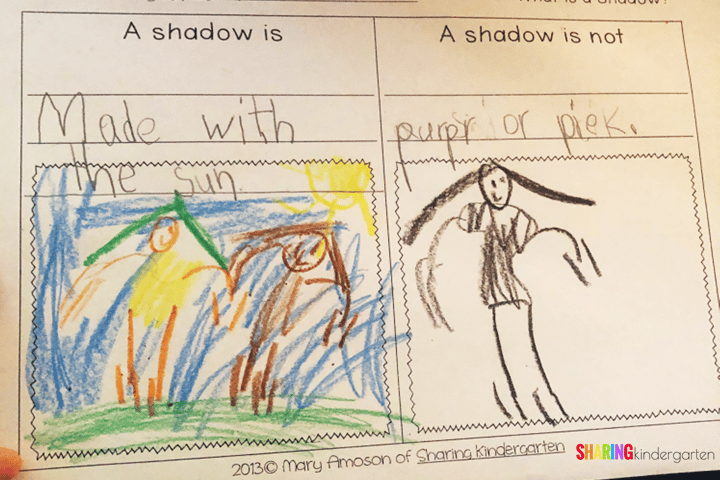
Writing About Lights and Shadows Science
Let’s talk about using writing as a light and shadow science activity for Kindergarten. Begin by asking your learners a question such as what is light or what is a shadow. Have the student write and draw their thoughts. Once you teach and explain a concept, then you have them tell you what they know and have learned.
Additionally, students can write their predictions for the groundhog before and after Groundhog Day. From experience, I can tell you that predicting can be uncomfortable for little learners.
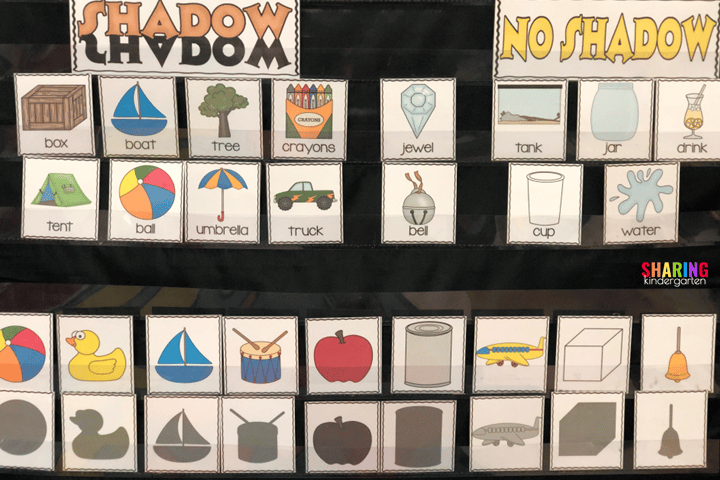
Pocket Chart Activities for Lights and Shadows
Check out these two pocket chart activities for Lights and Shadows Science Activities for Kindergarten. The top example is a prediction chart that students use to predict what object will or will not cast a shadow. My students don’t know if a jewel or bell will cast a shadow. The class vote was equally split.
Once we predict what will or will not cast a shadow, we have to dive in to test our thoughts, don’t we?! We will do this below.
Another one of our Lights and Shadows Science Activities for Kindergarten includes a visual discrimination matching activity. Students can match up the image to what the shadow of that image would look like.
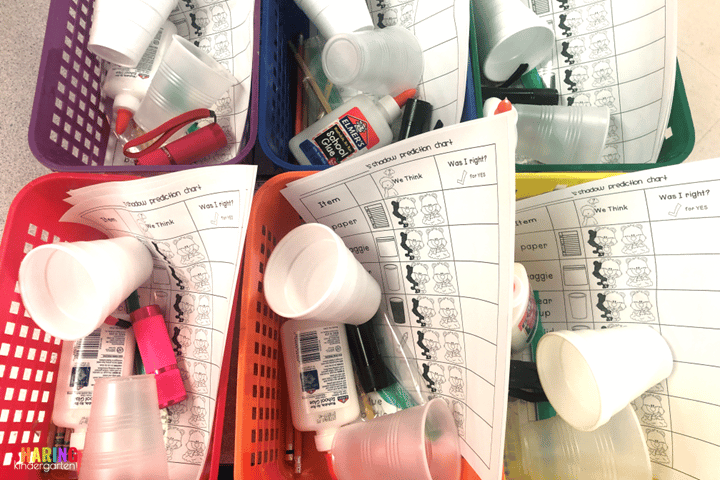
Shadow Prediction Activity
This is a hands-on and fun way to predict and test our predictions with shadows. Begin with making a copy of these charts. Next, find these easy-to-grab items from your classroom. Most will be in classrooms already.
Next, students predict which items will or will not cast a shadow. I highly recommend students make these predictions with crayons or markers so they can’t change their answers. Then, students test each item to see if they predicted correctly or now. They mark this with a check mark.
Natural Light Sources Learning
And don’t forget about the natural light source right outside your classroom window- the sun! Children can observe the shadows created by different objects and people during different times of the day, how the shadows change, and how the sun moves across the sky.
So, let’s light up the classroom and cast some fun shadows with these activities. After all, learning about lights and shadows is nothing to be afraid of, it’s just a little bit of “shady science”!
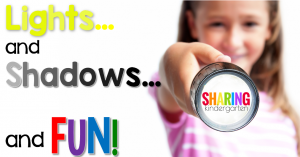
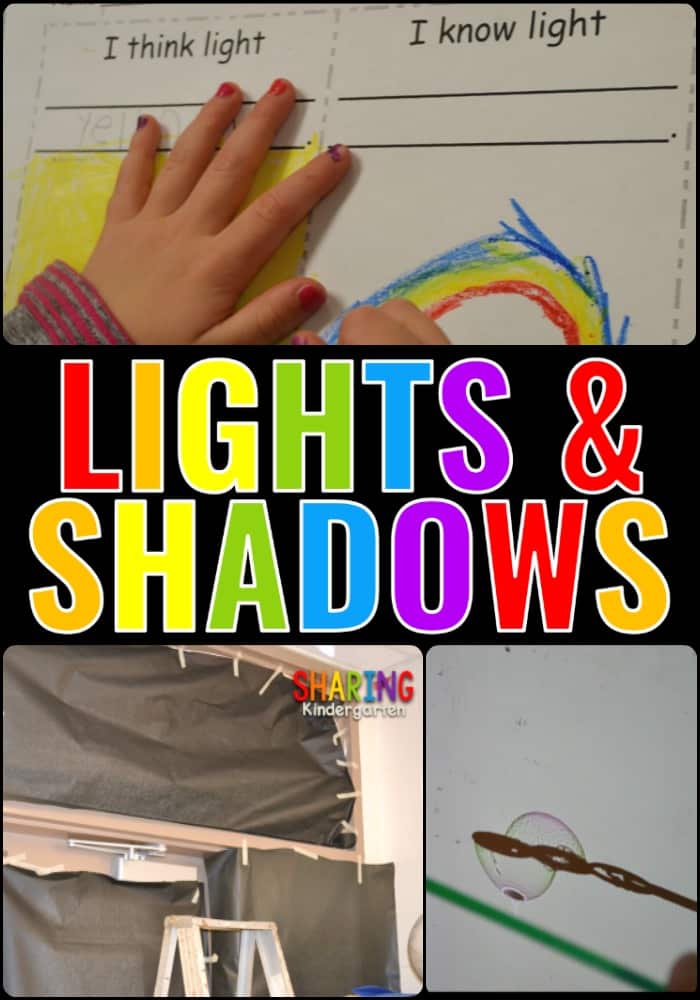
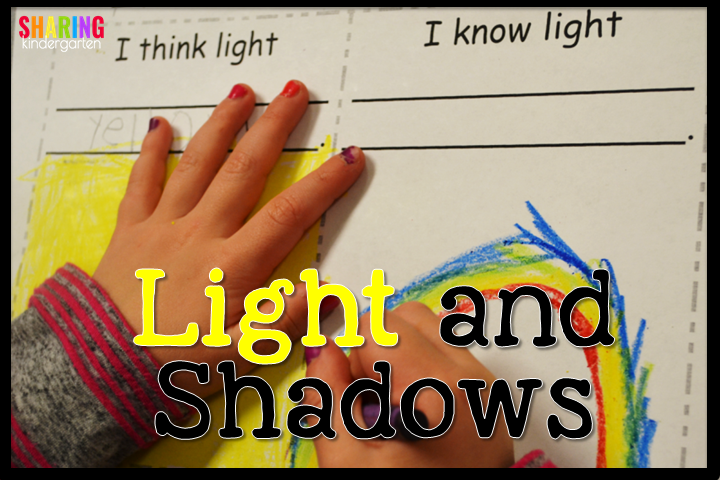
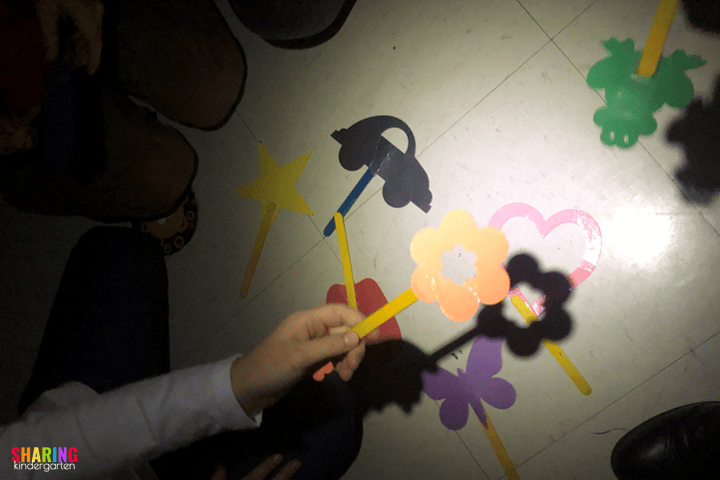



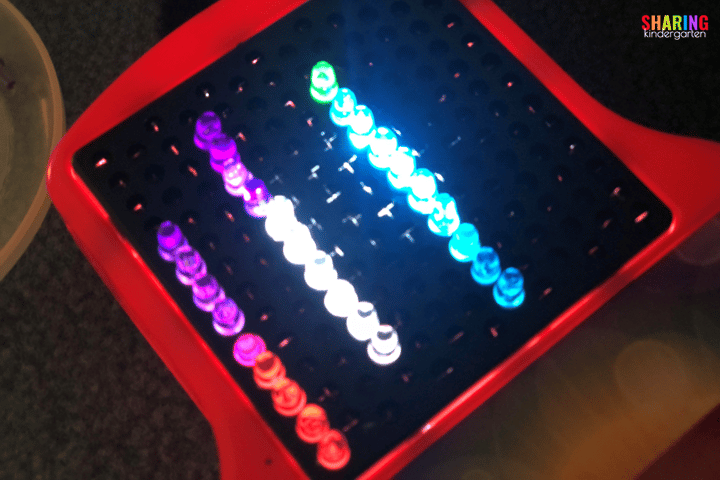
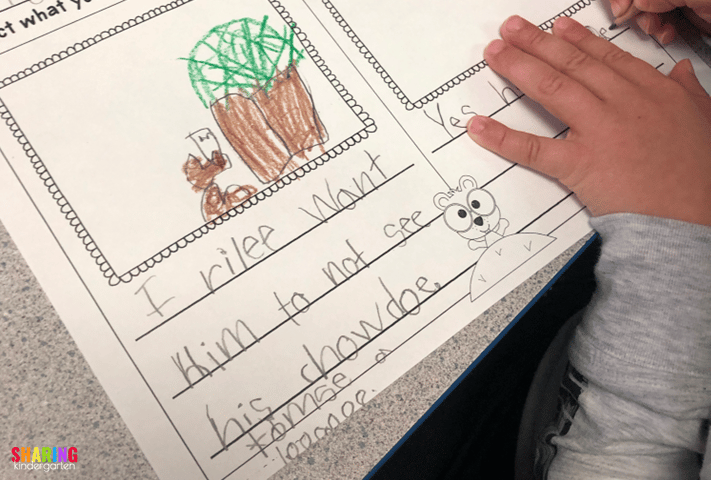
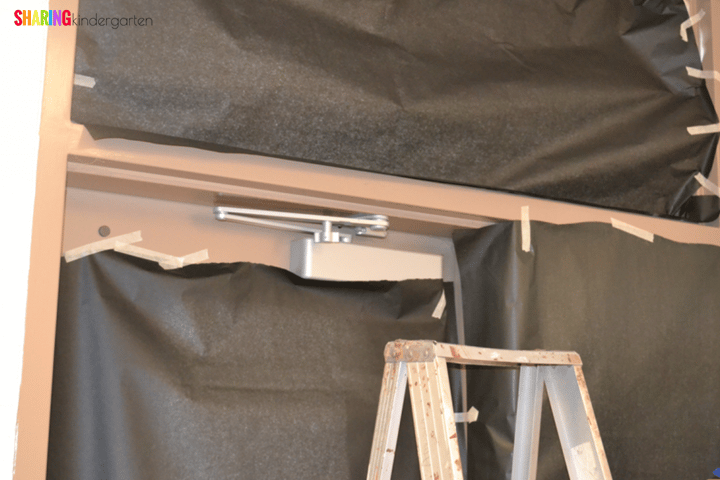
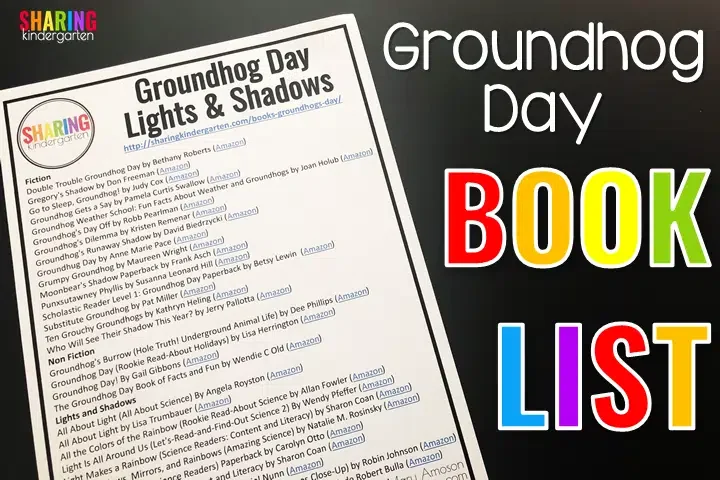
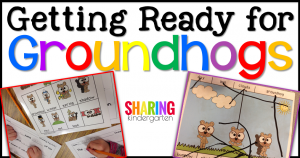
Wow! What a fun week of science lessons.
Tara
The Math Maniac
Great ideas!!
Jennifer
First Grade Blue SKies
Love all these activities!
Linda
Down the learning Road